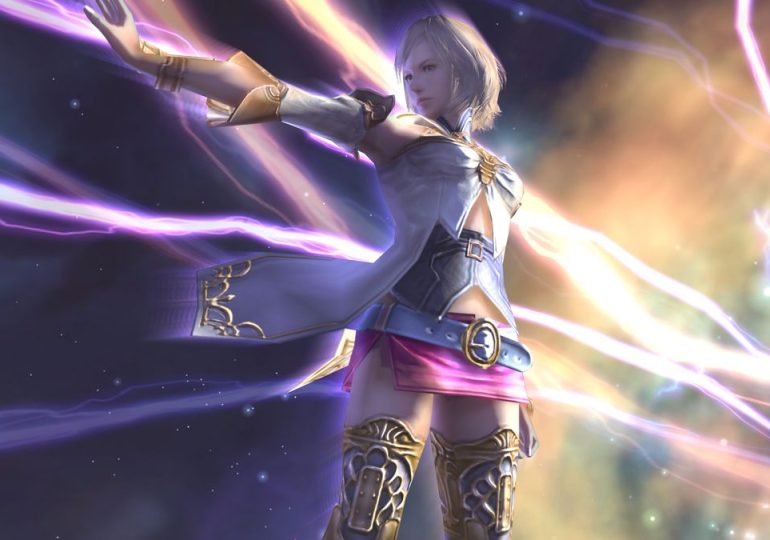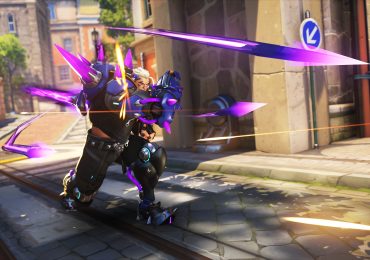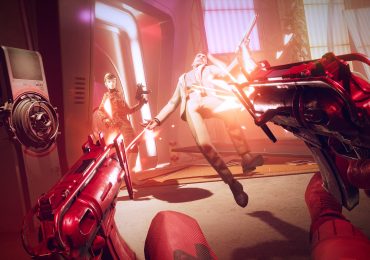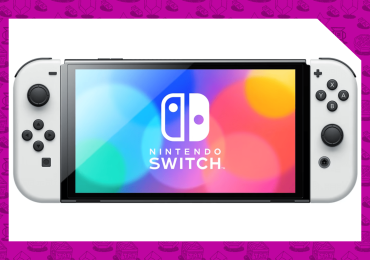Thinking about Dragon’s Dogma 2’s interestingly scrappy combat recently took me back to another time when a major role-playing game series tried something very different with its combat mechanics. In this case, the designers’ goal was the same as Capcom’s with the first Dragon’s Dogma: a single-player RPG that felt like a massively multiplayer online game to play. But the resulting system couldn’t have been more different, and stands as one of the most fascinating dead ends in game design history.
The game is Final Fantasy 12 — a swan song for PlayStation 2 when it was released in 2006, now available on current platforms in an excellent remaster, The Zodiac Age. (The Zodiac Age is leaving PlayStation Plus’ Game Catalog on May 21, along with several other Final Fantasy titles.) With its hugely flexible Gambit system of party commands, FF12 staged real-time tactical combat you could effectively program to play itself. It’s one of the most elegant and satisfying video game combat systems ever devised — but also one of the least influential and most seldom copied.
Final Fantasy 12 occupies a strange place in the series’ history. At the start of the 2000s, Final Fantasy 10 had launched the series on PlayStation 2 in traditional style — cheesy, opulent gaming with turn-based battles — and was a huge hit. But it was immediately followed by Final Fantasy 11, a thorny, post-EverQuest, pre-World of Warcraft MMORPG that successfully took Square’s flagship series into the online realm. Even for a series that constantly redefines itself, FF11 was a bold change in how players related to these worlds. Here was a Final Fantasy that was less playable storybook, more inhabitable world, where events (and battles) happened in real time.
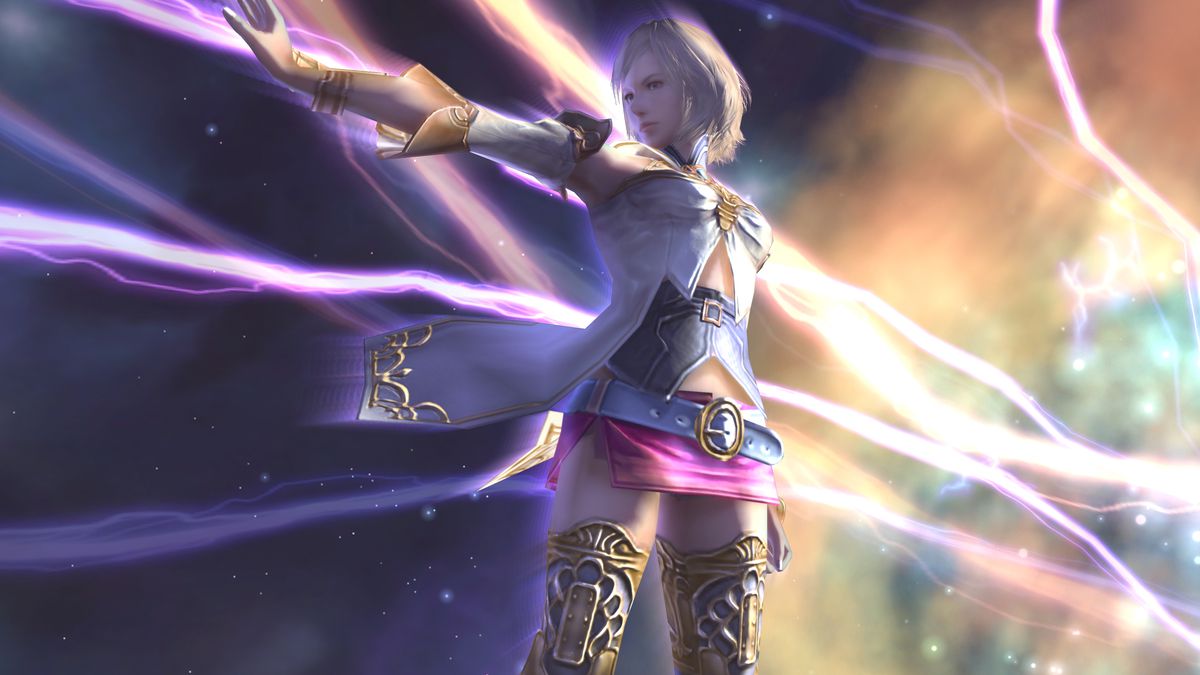
Square (which merged with Enix in 2003) wanted to capture some of this magic for the offline Final Fantasy games, and employed two of its most gifted designers to do it: Final Fantasy 9 director Hiroyuki Ito and Yasumi Matsuno, creator of the revered cult favorites Tactics Ogre, Final Fantasy Tactics, and Vagrant Story. Ito was the original designer of the series’ famous Active Time Battle system; Matsuno had a gift for writing political intrigue and designing deep, refined game mechanics. Sadly, Matsuno wasn’t quite ready for the stress of a production of this scale, and bowed out with health issues before the game’s release. Still, he and Ito together were more than up for the challenge of taking mainline Final Fantasy beyond turn-based battles for the first time.
Final Fantasy 12 is no action-RPG, however. In a way, it’s closer to a real-time strategy game — which makes sense, considering its kinship to early MMORPGs, with their slow-paced combat emphasizing tactical skill selection. You can pause battles at any moment to select skills or items, but they unfold in a continuous, smooth crawl of action, as the four party members and their foes position themselves, ready skills, and unleash them. FF12’s signature visual flourish is the web of neon lines that arc between characters on the battlefield, showing intended attacks or spells and their targets — a cool, futuristic touch reminiscent of the ballistic trajectories of nuclear missiles drawn on command screens in Cold War movies like War Games.
This ostentatious tactical display reveals how Ito and Matsuno thought about the action in Final Fantasy 12 and the player’s place in it. Although players control the party leader directly, really they are squad leaders at one remove, surveying the remorseless logic of the battlefield and issuing commands. The ultimate expression of this point of view is the Gambit system.
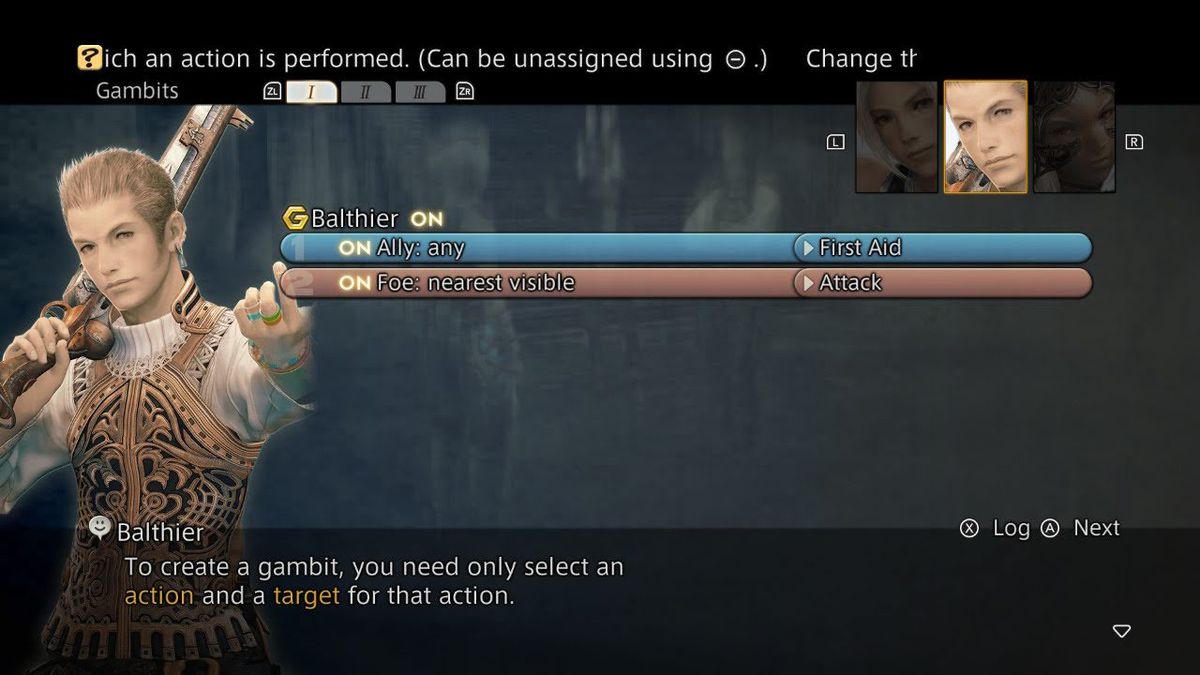
Essentially a programming language for the party’s AI, Gambits allow the player to set and prioritize conditions for action for every party member. For example, you can instruct a character to cast Cure on any ally with health below 30%, to attack the party leader’s target, to cast Firaga on foes weak to fire, to ignore (or concentrate on) foes with more than 3,000 HP, and so on. To begin with, only a few simple Gambits are available, and each character has only two Gambit slots. But useful Gambit conditions can be bought from vendors, and characters’ sheets can expand to 12 Gambit slots, all ranked in priority order.
FF12 eases you into this system gently, but the deeper you get into the game, the more dizzying the utility of Gambits becomes. Almost every tactical eventuality is covered. A good generalized setup will see your party churn through dungeon and overworld foes with no player intervention at all; when faced with a boss battle, you can choose to design custom Gambits for the encounter, or to play more manually. In general, Gambits are a great way to cope with the pace of battle in the game (which is faster than it seems) and with chaotic mobs of multiple enemies, but it can be frustrating when you want to intervene with a specific command and find all your party members have their own skills lined up.
Why would you want to automate the process of playing a video game, though? It’s a reasonable question, and the appeal of playing FF12 through Gambits isn’t that easy to articulate. But the satisfaction of constructing a really efficient, adaptable Gambit setup and watching your party execute it flawlessly is deep and hypnotic. (It’s almost akin to a sports sim like Football Manager in how it makes the player feel.) It also removes much of the stress and busywork from playing a party RPG, while allowing the player to take a high-level tactical view of battle and affording them time to think more strategically.
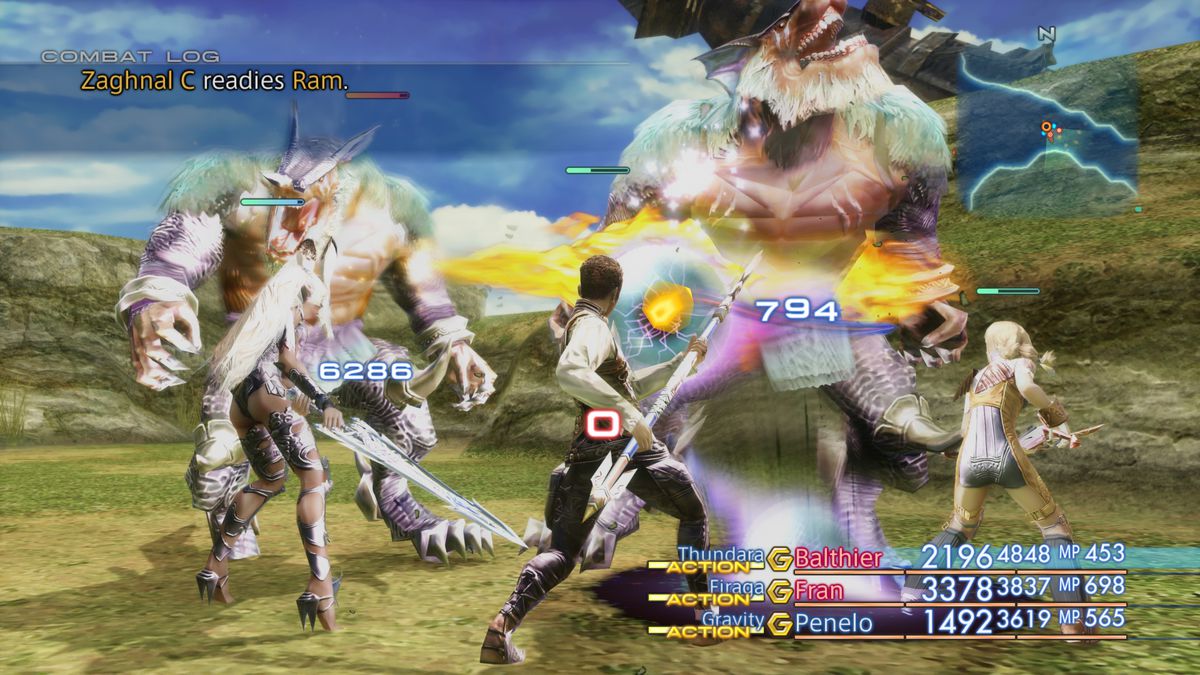
It is true that Gambits can be used to break the game — even, arguably, to break the concept of gaming itself. A friend, reviewing the original release of FF12 on a tight deadline, used a Gambit setup to automatically power-level his characters overnight at a grinding spot so he could then smash through the rest of the storyline. It worked, but it was habit-forming; once he had seen behind the curtain and broken the mechanism of one game to his advantage, he could never go back. Ever since, he has sought out overleveling exploits in every applicable game to render them mechanically easy to play to completion. He gets through a lot more games than I do, but he would be the first to admit that it’s debatable how much fun he’s having.
In any event, Final Fantasy 12’s combat proved to be an outlier. Trends in RPGs headed in the opposite direction, favoring action-flavored combat focusing on granular input commands for a single character. The Final Fantasy series gradually followed suit — culminating in Final Fantasy 16 employing a Devil May Cry designer, Ryota Suzuki, to orchestrate its fast-paced, combo-heavy combat. Immediate, tactile feedback became the currency RPGs trade in, like so many other video game genres. FF12 envisions something different. It casts the player as a tactical mastermind and conceptualizes the action as a perfect machine, an immaculate network of cause and effect. It’s a distinctive and persuasive vision that’s all the more worth seeking out now because it never caught on.
Final Fantasy 12 is available to play on Nintendo Switch, PlayStation 4 and 5, Windows PC, and Xbox One. It is also available for PlayStation Plus Extra and Premium subscribers until May 21.
